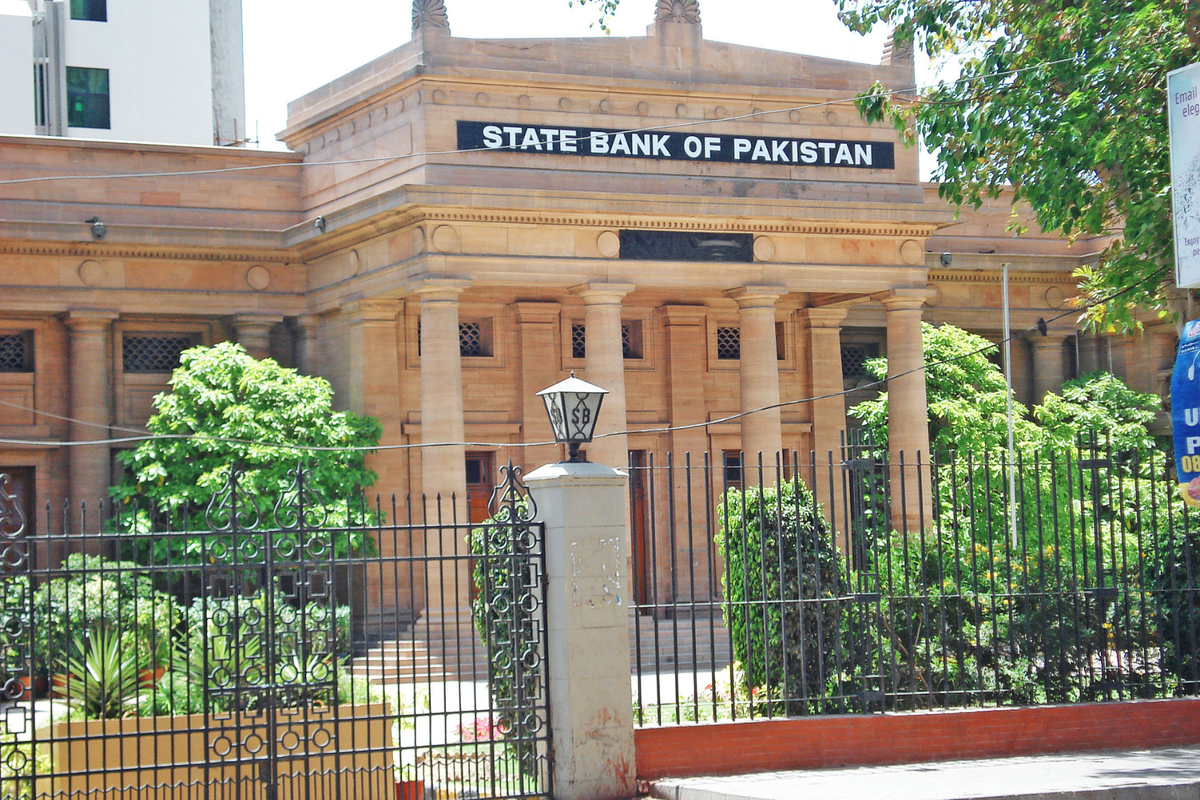Pakistan central bank targets PKR 6.1T in debt auctions to meet financing needs
Central bank unveils MTB and PIB auction calendar for Aug-Oct
Business Desk
The Business Desk tracks economic trends, market movements, and business developments, offering analysis of both local and global financial news.

The State Bank of Pakistan (SBP) on Tuesday released its auction calendar for Market Treasury Bills (MTBs) and Pakistan Investment Bonds (PIBs) for the August to October period, aiming to raise a total of PKR 6.1 trillion to meet fiscal financing needs and refinance maturing debt.
According to the Domestic Markets & Monetary Management Department, the central bank plans to generate PKR 3.675 trillion through seven MTB auctions scheduled between August 6 and October 29. The auctions are intended to refinance PKR 3.818 trillion in maturing short-term debt.
The breakdown of MTB targets shows a strategic tilt toward 12-month bills, which account for PKR 1.25 trillion. Six-month and three-month tenors are expected to raise PKR 925 billion each, while one-month bills will contribute PKR 575 billion.
In parallel, the SBP will conduct three fixed-rate PIB auctions on August 1, September 4, and October 14, aiming to raise PKR 1.1 trillion. These bonds will be offered in two-year to 15-year maturities, with coupon rates ranging from zero to 11.5%.
Additionally, seven floating-rate PIB auctions are scheduled between August 6 and October 29, targeting PKR 1.4 trillion. All floating-rate bonds carry a 10-year tenor and a semi-annual coupon rate of 10.8974%.
The auction sizes will range from PKR 150 billion to PKR 250 billion.
The calendar aligns with the government’s debt management strategy, as PKR 1.237 trillion in principal-only maturities are due during the same period.
The auctions are expected to support fiscal operations while offering investment avenues for institutional investors.
Meanwhile, private sector credit growth accelerated to 12.8% year-on-year, driven by easing financial conditions and improving economic activity. The expansion was broad-based, with notable increases in working capital loans, fixed investment advances, and consumer financing.
Key borrowing sectors included textiles, telecommunications, and wholesale and retail trade.
The currency-to-deposit ratio, which had declined in June, rose again in July, prompting the SBP to enhance liquidity injections to stabilize the interbank market.
High-frequency economic indicators suggest a gradual recovery, with year-on-year growth observed in automobile sales, fertilizer offtake, private sector credit, imports of intermediate goods and machinery, and the purchasing managers’ index. This momentum has begun to reflect in large-scale manufacturing (LSM) data, which posted gains in April and May following five months of contraction.
The agriculture sector is also expected to rebound in FY26, supported by improved water availability from recent rainfall. The outlook for major crops has strengthened, enhancing prospects for commodity-producing sectors and generating positive spillovers for services.
Buoyed by easing financial conditions, rising business confidence, and a strengthening macroeconomic environment, real GDP growth is projected to reach between 3.25 and 4.25% in FY26, up from a provisional estimate of 2.7% in FY25.










Comments
See what people are discussing